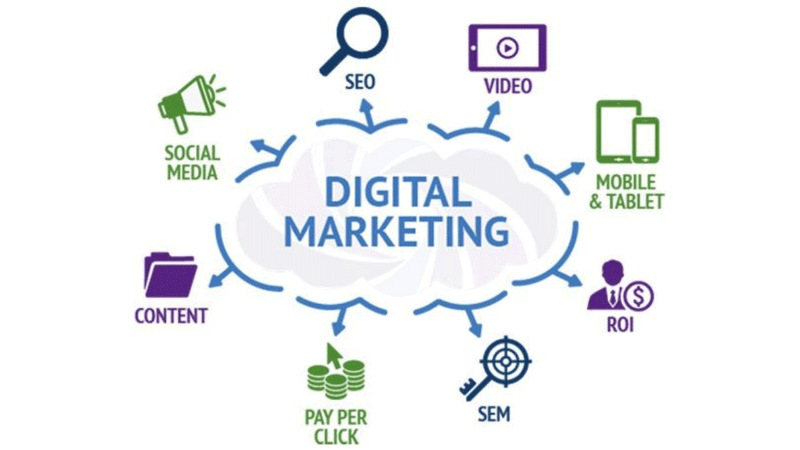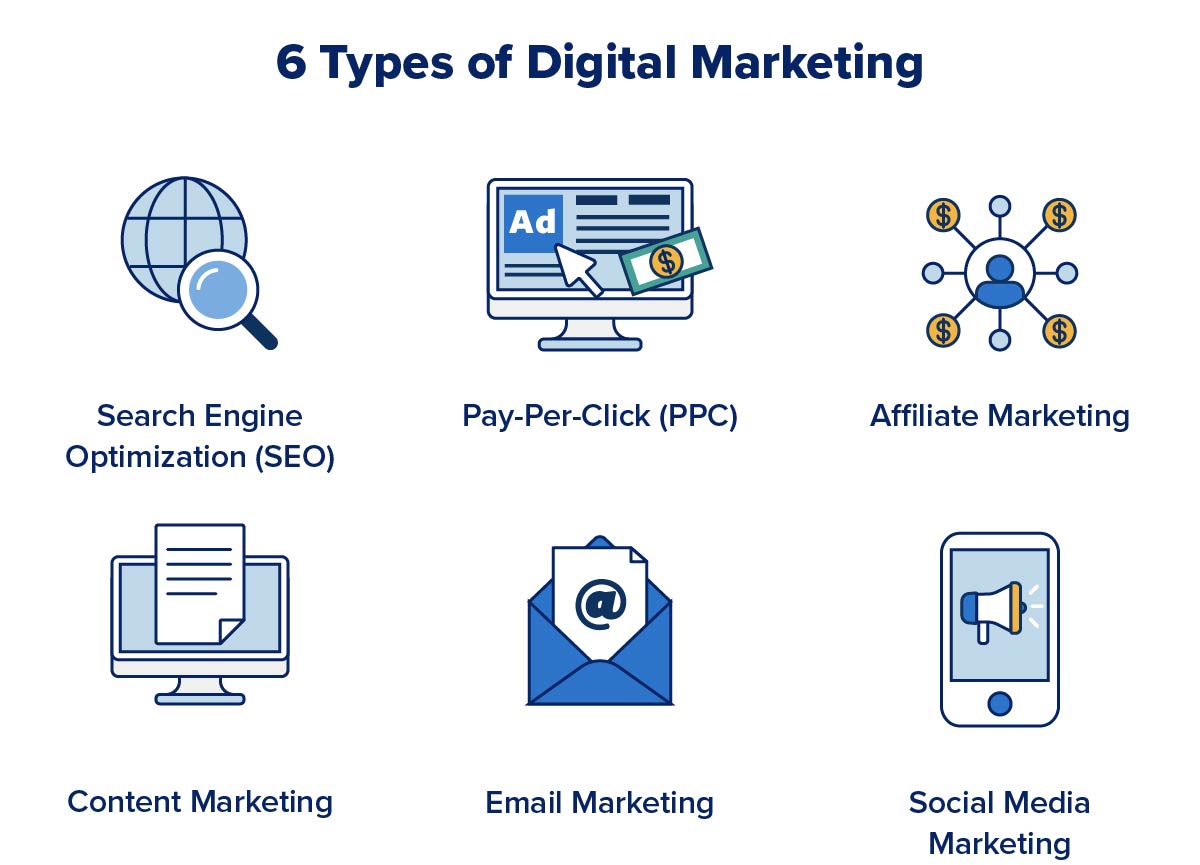Discover the Luster of The Ad Firm Carlsbad: Elevate Your Digital Presence Today
Wiki Article
Enhance User Experience and Drive Website Traffic With Receptive Website Design
In today's electronic landscape, where customers are accessing websites from a plethora of gadgets, responsive internet style has actually ended up being more crucial than ever. With its ability to adapt and effortlessly adapt to different screen dimensions, responsive design not just enhances individual experience but additionally drives website traffic to your internet site. However why is this design approach so vital? Just how does it enhance individual involvement and rise internet site traffic? In this discussion, we will certainly check out the crucial elements of efficient receptive style, delve into the very best practices for its execution, and discover the secrets to enhancing individual experience while driving even more web traffic to your internet site.Why Responsive Website Design Matters
Receptive website design is an important element of contemporary web growth due to its capability to make certain optimal individual experience throughout numerous devices and screen dimensions. With the proliferation of smartphones, tablet computers, and various other smart phones, it has come to be critical for sites to adapt and give smooth capability regardless of the device being utilized.The primary factor why receptive website design matters is that it permits individuals to have a delightful and constant searching experience, no matter the gadget they are making use of. A receptive web site instantly changes its layout, web content, and format components to fit the screen size and resolution of the device, making certain that users can easily connect and navigate with the site without any trouble or irritation.
Furthermore, responsive web style also plays a significant role in seo (SEARCH ENGINE OPTIMIZATION) Internet search engine, such as Google, prioritize web sites that are responsive and mobile-friendly in their search engine result. By incorporating receptive design concepts, websites can improve their visibility and ranking, leading to enhanced natural traffic and possible customers.

Boosting User Interaction With Responsive Design
Enhancing customer involvement is a crucial goal of receptive layout, as it ensures that customers can conveniently gain access to and communicate with site material on any tool. With the enhancing usage of smart devices and tablets, it is vital for websites to adapt to various display dimensions and resolutions. Responsive style enables web sites to automatically adjust their design and material to offer a seamless customer experience across gadgets.One of the major means responsive style boosts customer engagement is by reducing lots times. With a receptive internet site, individuals don't need to await separate mobile versions to tons, leading to faster access to web content. This improved rate results in greater customer fulfillment and urges them to invest more time on the website.
Additionally, receptive style improves user involvement by improving navigation and individual interface (Web Design). When a web site is made responsively, switches and menus are enhanced for touch interactions, making it less complicated for customers to navigate and engage with the site on their mobile phones. This straightforward and intuitive experience maintains customers involved and encourages them to check out even more of the web site
Moreover, responsive design enables far better content presence and readability. By adjusting the layout and typeface sizes to various devices, responsive websites guarantee that individuals can quickly check out and understand the web content. This enhances individual engagement by reducing the need for zooming or scrolling to review the text.
Boosting Internet Site Website Traffic With Responsive Internet Design
With the growing appeal of mobile tools, having an internet site that is responsive to various screen sizes and resolutions is important for driving raised website traffic. In today's digital landscape, individuals are accessing sites from a variety of gadgets such as mobile phones, tablets, and desktop. Each of these devices has various display dimensions and resolutions, and if your website is not designed to adjust to these variations, it can result in a poor user experience and a loss of potential traffic.
Receptive internet design ensures that your internet site looks and functions optimally across all web design basics gadgets. By utilizing flexible grids, fluid images, and media inquiries, receptive design allows your site to automatically adjust its navigation, content, and format to fit any kind of display dimension. This implies that customers will have a smooth surfing experience despite whether they are using a huge desktop computer or a tiny mobile phone computer.
Crucial Element of Effective Responsive Style
Efficient receptive design incorporates numerous vital components that make sure a seamless customer experience throughout different gadgets. Among these elements is adaptable grids and formats. By making use of relative systems like portions rather than dealt with systems like pixels, developers can develop designs that scale and adjust to fit various display sizes. This enables web content to be displayed in a visually attractive and understandable manner on any type of gadget.An additional crucial component is media queries. These enable designers to use various styles and formats based on the characteristics of the user's device, such as screen size and alignment. By utilizing media inquiries, developers can enhance the discussion of content for each tool, making sure that it is quickly available and understandable.
Receptive pictures are also important in effective responsive style. Photos that are also huge can reduce web page load times on smart phones, while images that are too tiny may show up pixelated on larger screens. By utilizing strategies such as responsive picture resizing and lazy loading, designers can make certain that pictures are suitably sized and enhanced for each tool.
Finally, reliable receptive style includes a mobile-first technique. This indicates prioritizing and designing web content for mobile phones initially, and after that increasing and boosting the style for bigger screens. This strategy makes certain that one of the most important content is easily obtainable on smaller displays, while still supplying an abundant experience on bigger tools.
Best Practices for Implementing Receptive Website Design
Executing receptive web style calls for mindful consideration of different ideal practices to guarantee an optimum customer experience across various tools. Right here are some vital finest practices to adhere to when applying receptive website design.First of all, it is vital to prioritize mobile individuals. With the boosting prominence of smart phones, developing for mobile-first has come to be vital. Beginning by designing for smaller sized displays and afterwards considerably improve the layout for larger screens.

One more important finest method is to optimize images for different screen resolutions. Large images can reduce down the loading time of your web site, particularly on mobile devices with slower links. Use receptive pictures that can be resized based on the tool's display resolution to improve performance.
Additionally, test your internet site on different devices and display sizes to guarantee a seamless and regular experience. There are numerous testing tools available that can aid you recognize any type of concerns and make necessary modifications.
Finally, focus on usability and access. Make certain that your site is simple to navigate, with clear and concise material. See to it that your internet site comes to people with specials needs and complies with availability guidelines.
Conclusion
In final thought, receptive web layout plays a critical function in boosting customer experience and driving website traffic to sites. By embracing have a peek at this website responsive design principles, internet sites can make sure optimal watching experiences throughout different tools, leading to enhanced customer involvement.Enhancing individual engagement is a key objective of receptive style, as it makes sure that customers can conveniently accessibility and engage with site material on what does a web page designer do any type of tool. Receptive design makes it possible for sites to instantly adjust their design and content to give a smooth user experience throughout tools.
In addition, receptive design improves customer involvement by boosting navigating and individual interface.Receptive photos are additionally critical in efficient receptive layout. By embracing receptive layout concepts, sites can make sure optimum checking out experiences across different devices, leading to boosted customer involvement.
Report this wiki page